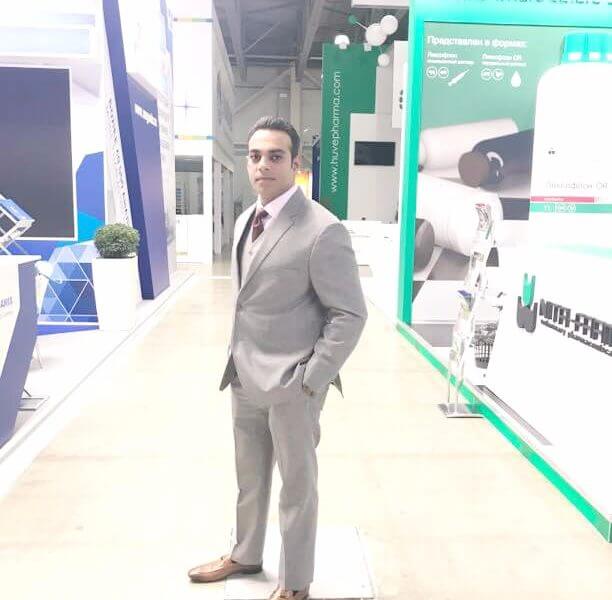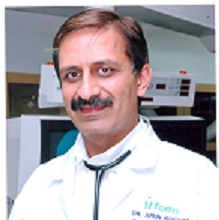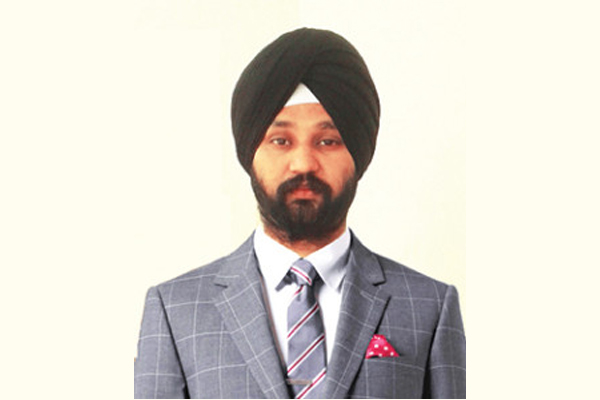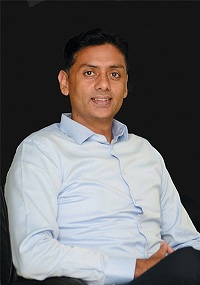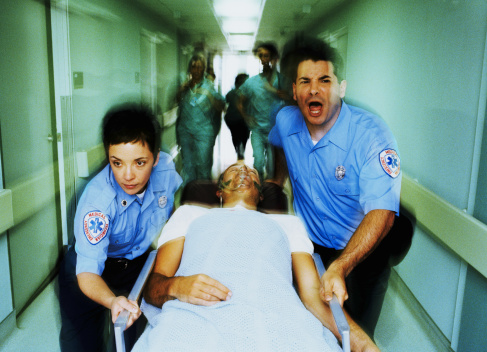A disease is considered to be rare when it affects one in about 2,000 individuals in the population. There are anywhere between 5,000 and 8,000 diseases that are considered to be rare diseases according to WHO statistics. Although individually rare, collectively, the incidence of rare diseases could be as high as 6-8 per cent in certain populations. In developing countries like India, owing to the social structure, high birth rate and high degree of consanguinity, about half a million children are born every year with rare disorders.
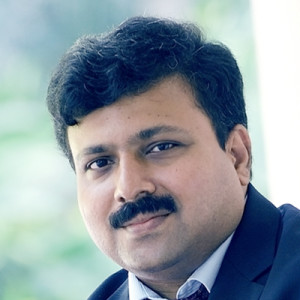 Ashraf U Mannan,
Ashraf U Mannan,
Director – Medical Genetics and Genomics,
Strand Life Sciences Pvt. Ltd., BangaloreNearly 80 per cent of rare diseases are considered to be genetic diseases, where due to mutation in a gene, the normal function of the protein (encoded by the gene) is lost or the protein acquires abnormal function (gain-of-function), which results in a disease. A multi-centric study on Indian population showed that the frequency of newborns with malformations, such as neural tube defects and musculoskeletal disorders were upto 2 per cent, while other genetic conditions such as beta-thalassemia, metabolic disorders were as high as one in 2,500. One of the major reasons for referral to genetic centres is seen to be for reproductive genetics, comprising prenatal diagnosis, recurrent abortions, infertility, and even multiple congenital anomalies.
Multi-gene testing vs single gene testing
Suma (name changed), a 29-year-old woman from Hyderabad, was suffering from recurrent respiratory tract infections and was found to have chronic sinusitis and bronchiectasis. In addition, she also had infertility. Her brother, Raghu (name changed) had azoospermia and infertility. However, he did not have any significant respiratory symptoms. They were born of a consanguineous marriage.
Mutations in the gene named CFTR (cystic fibrosis gene) have been linked to male infertility with or without respiratory symptoms. However, since Raghus genetic test results, done for known mutations in the CFTR gene, was negative, Suma was prescribed a multi-gene test that could test several genes related to infertility, primary ciliary dyskinesia (PCD) being one of them. This test resulted in the identification of a disease-causing mutation in the DNAH5 gene that is linked to PCD. Raghu was later tested for this mutation and was also found to harbour the same mutation.
Although a diagnosis could eventually be arrived at in this family, the time taken and the cost involved for the family is no doubt a burden, which can be eased with introduction of multi-gene testing. Here, absence of a mutation in the single gene tested can set an impression that the genetic cause has been ruled out, leaving the patient more anxious. It is thus imperative that in lieu of getting a right and timely diagnosis, multi-gene panel testing becomes a necessity. This can have an immense impact on the life of the patient.
A multi-gene panel testing is more a necessity than a choice, in order to make the right diagnosis, more so when the clinical indications are highly overlapping across various disease conditions.
In this case, known mutations in thecystic fibrosis gene (CFTR), were first tested owing to the higher frequency of these mutations across various populations. However, absence of mutation in the CFTR gene, did not exclude the possibility of a genetic cause, since the untested genes and regions were far higher than those tested.
With a family history of infertility and with no known mutations being detected in the CFTR gene in the patient, multi-gene testing was considered necessary to arrive at a confirmatory diagnosis. This led to the identification of a disease-causing mutation in the DNAH5 gene, thus, confirming diagnosis as primary ciliary dyskinesia (PCD).
Although there are no therapeutic approaches available that can reverse the abnormality, a definitive diagnosis in this case can clearly benefit the patient by devising proper disease management and surveillance measures. There are proven reproductive technologies that can assist patients with PCD to undergo successive fertilization.
What lies ahead?
General awareness about genetic testing, and understanding the benefits of multi-gene testing by NGS over the single gene or mutation specific testing, can help both clinical practitioners and patients in making a right choice to arrive at a definitive and faster diagnosis.
Altogether, this case is just an example among numerous cases, where multi-gene based genetic test helped in diagnosis of a rare disease. It is about time for India to embrace NGS-based multi-gene approach for the routine genetic testing of rare disease, as it is highly sensitive, accurate, fast, and economically feasible.
Acknowledgement by authors:
Aparna G and Ashraf U Mannan would like to thank Dr. Shagun Aggarwal, Nizam’s Institute Of Medical Sciences, Hyderabad, for providing the clinical details of the patients and for additional support.
(Disclaimer: The views expressed by the author in this article are his personal and do not in any way represent the views of Elets Technomedia Pvt Ltd)









